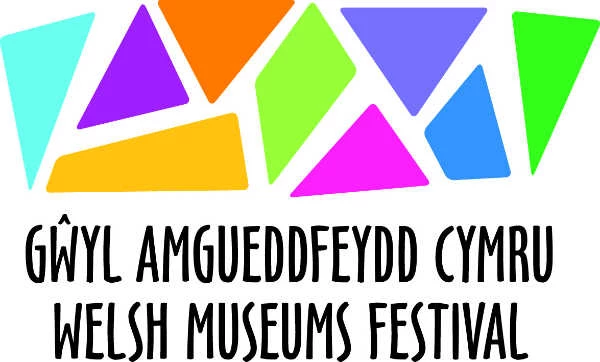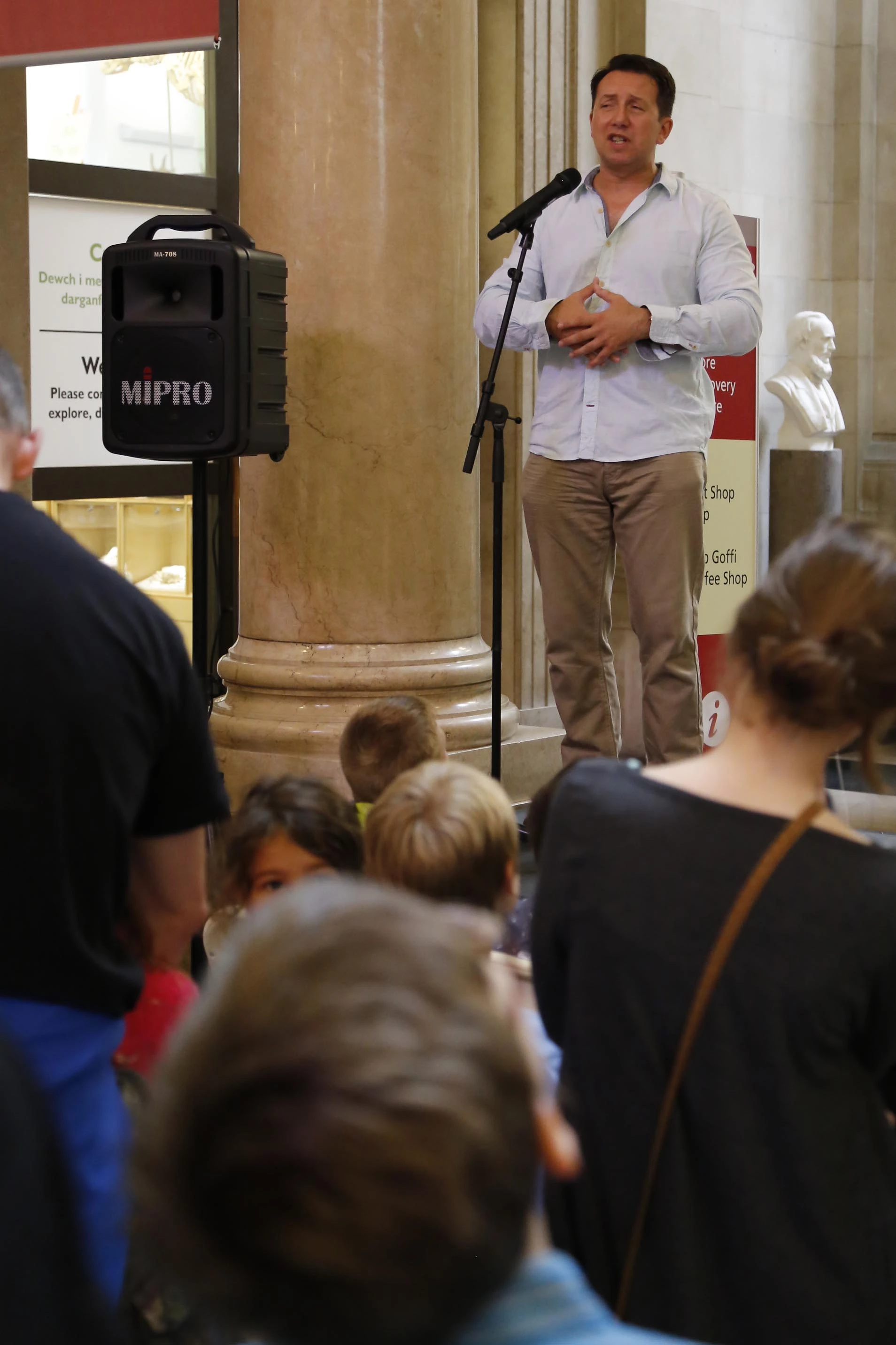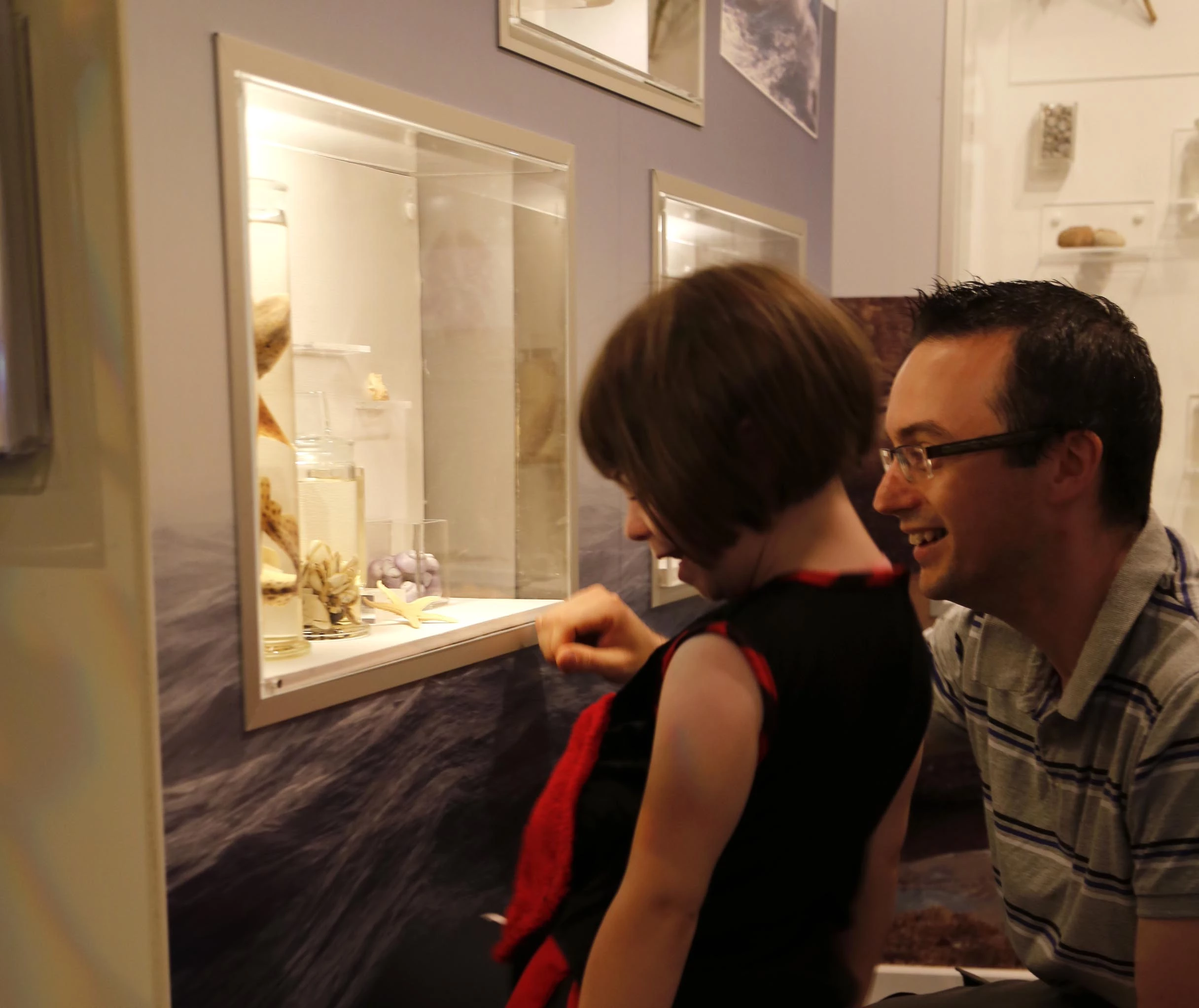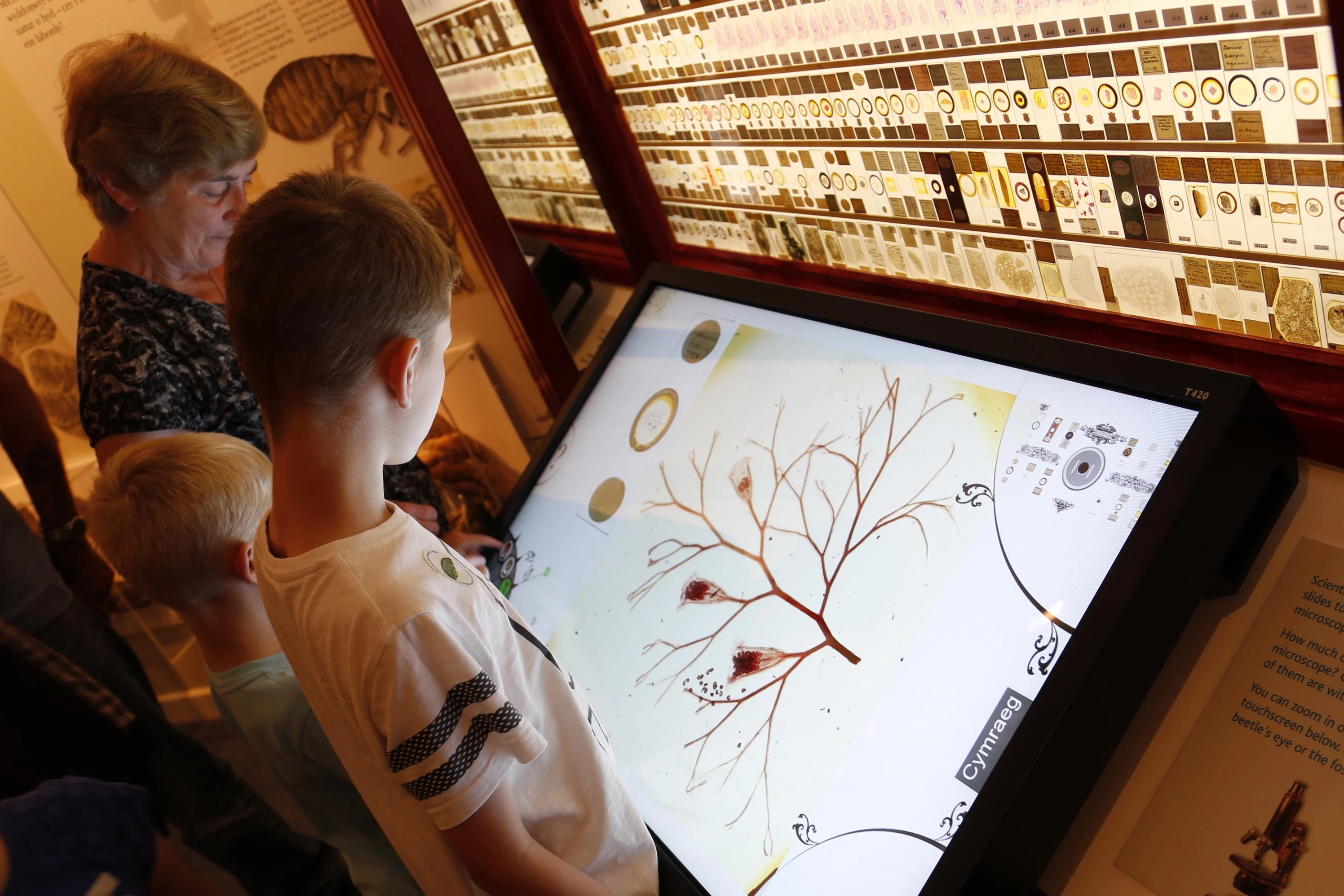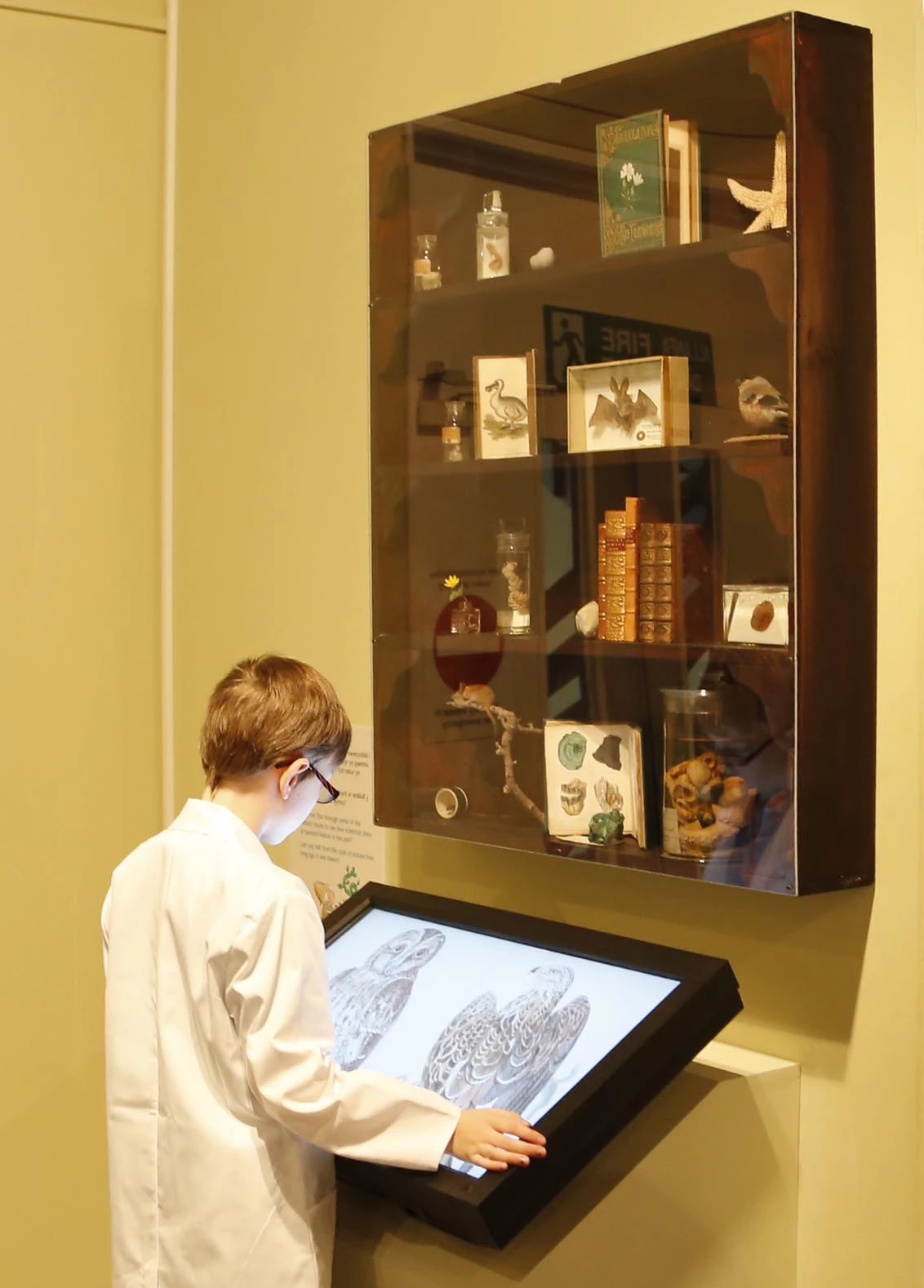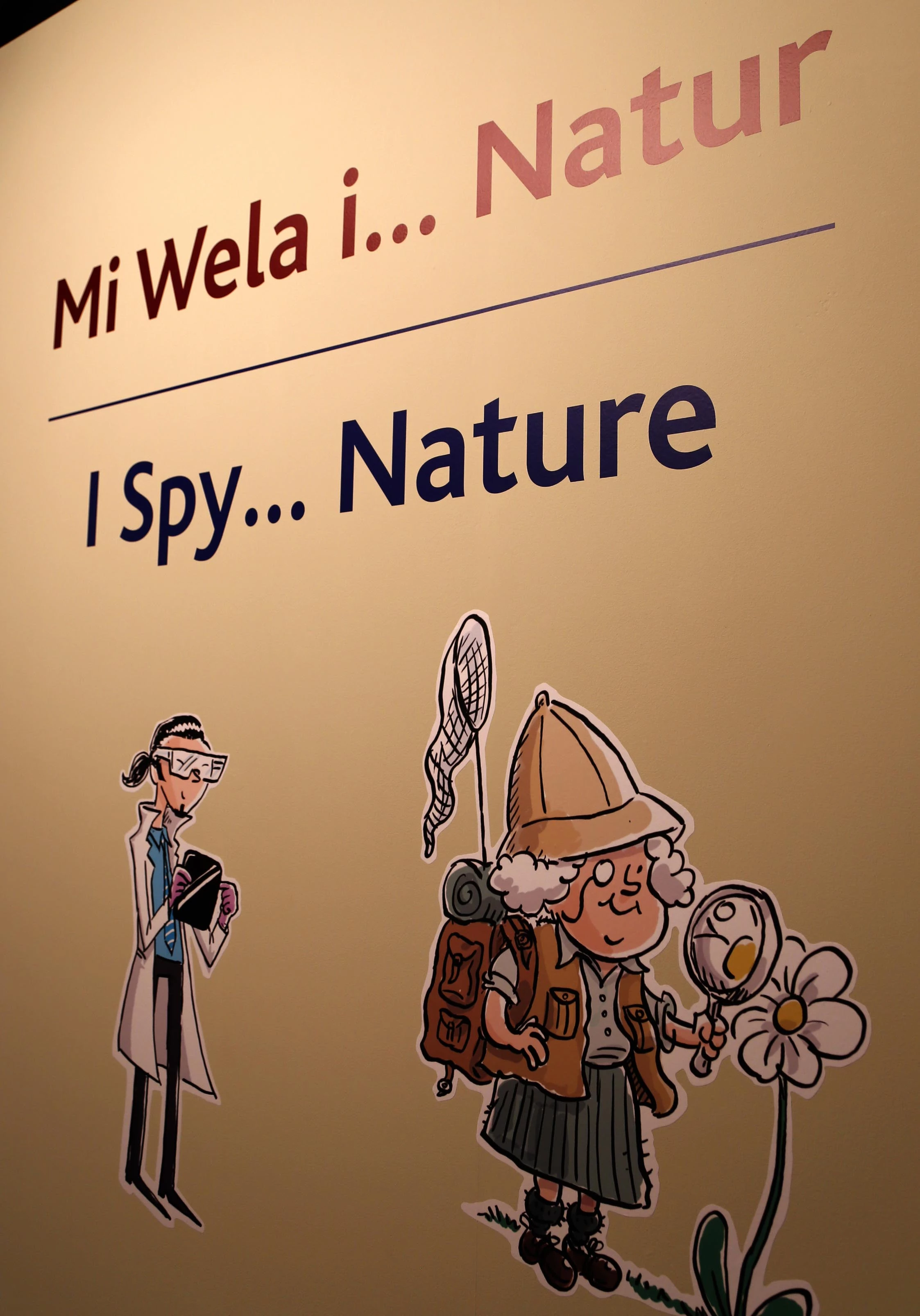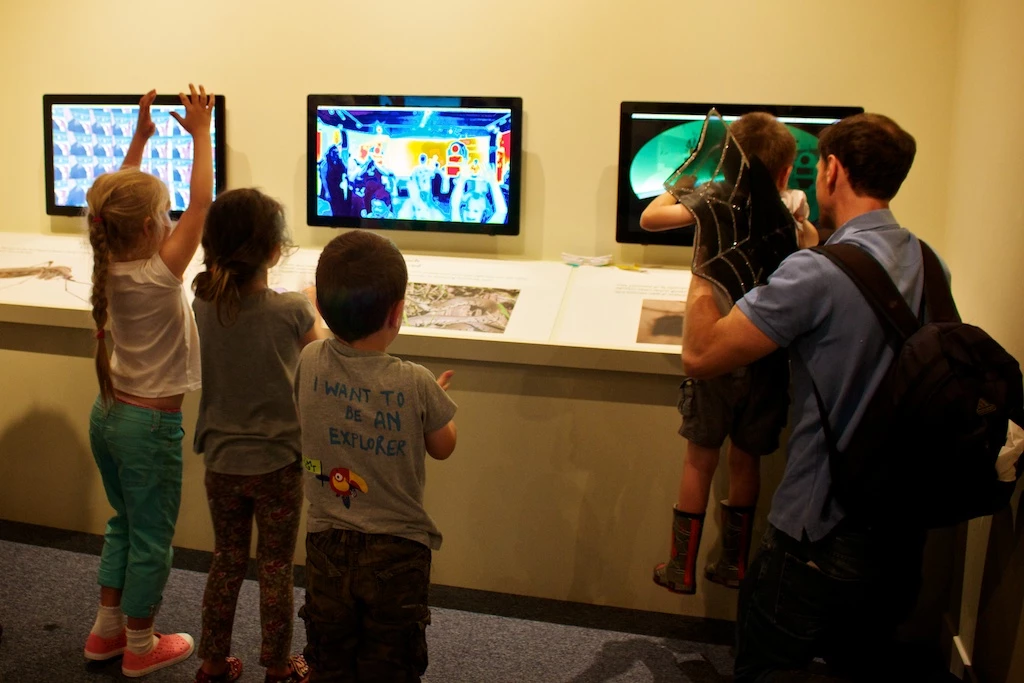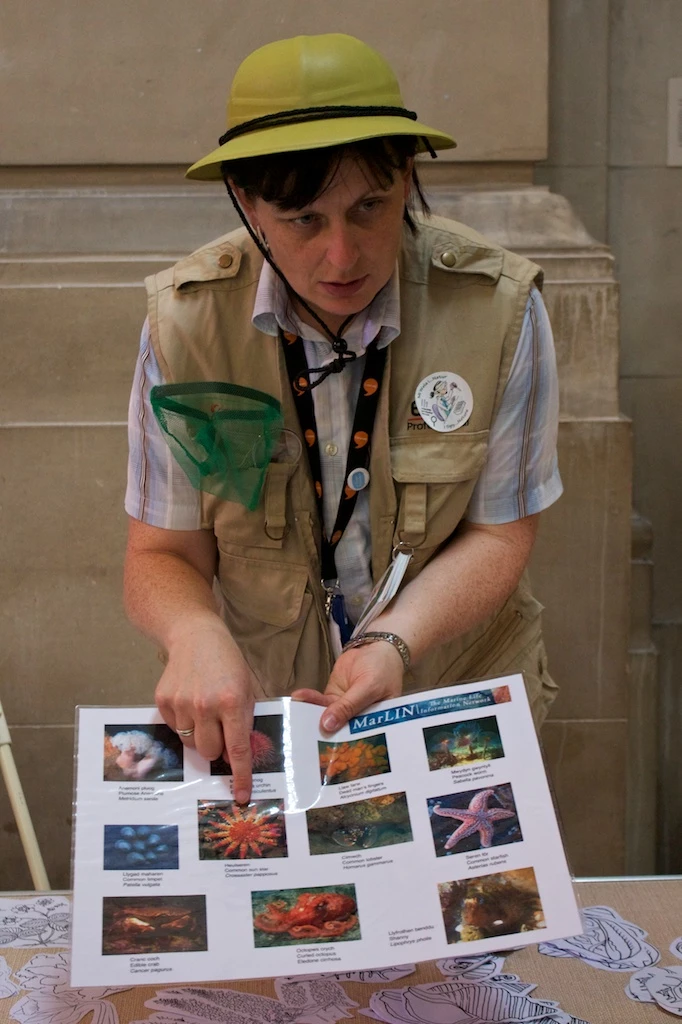For this year’s Art Carbootique at Chapter Arts Centre in Cardiff, 'Made in Roath' were lucky enough to be able to work with Annette and Jules, the natural science conservators at the Amgueddfa Cymru - National Museum Wales in Cathays Park.
The National Museum of Wales has a vast collection of approximately 2000 taxidermy specimens most of which are not on display, and some of which present interesting curatorial challenges because of their history and the stories they tell. Having long been fascinated by the stuffed animal collection on display in the Natural History gallery at the museum, we felt really privileged to be invited behind the scenes and view the specimens in storage.
This was an amazing experience; the conservator’s stores are wonderful - heartbreaking and fascinating in equal measure. We decided that our mission would be to make a ‘museum’ in our caravan of a selection of these unseen animals, allowing them to temporarily escape the museum archive and be seen by the public. In this context, the specimen is not just being viewed as a singular object but as part of a wider culture, referencing human practices such as hunting, shipping and collecting happening in the Victorian period, but which are still practiced today. Furthermore, a consideration of the specimen’s history within the museum itself, with its changing site, politics and attitudes, exposes how wider socio-political forces have shaped the specimen’s display, reception and curation at the local level of the museum. Jules and Annette were really helpful and accommodating when we told them what we wanted to do, they went up to Nantgarw to the stores there and selected some more specimens to add to the collection, many of which had not been displayed for many years.
We installed the work, with a lot of help from Jules, and drove over to Chapter – there is something very surreal about towing a caravan full of stuffed animals through central Cardiff on a rainy Sunday Morning, but it was worth it. The response from the public was great, both adults and children have such a fascination for taxidermy, the exhibition was a big success, we’d also photographed the animals and made masks to give to visitors, so the animals had another opportunity to ‘escape’. Although the emphasis was on fun, we had expected to get some criticism with people possibly disapproving of the museums stuffed animals, but apart from some healthy and thought provoking discussion about the way human beings treat animals, it was a hugely enjoyable day. Thanks to AC-NMW, especially Annette and Jules, for making it happen.
The 'Made in Roath' Team!
Find out more about the work of 'Made in Roath' at http://madeinroath.com/










